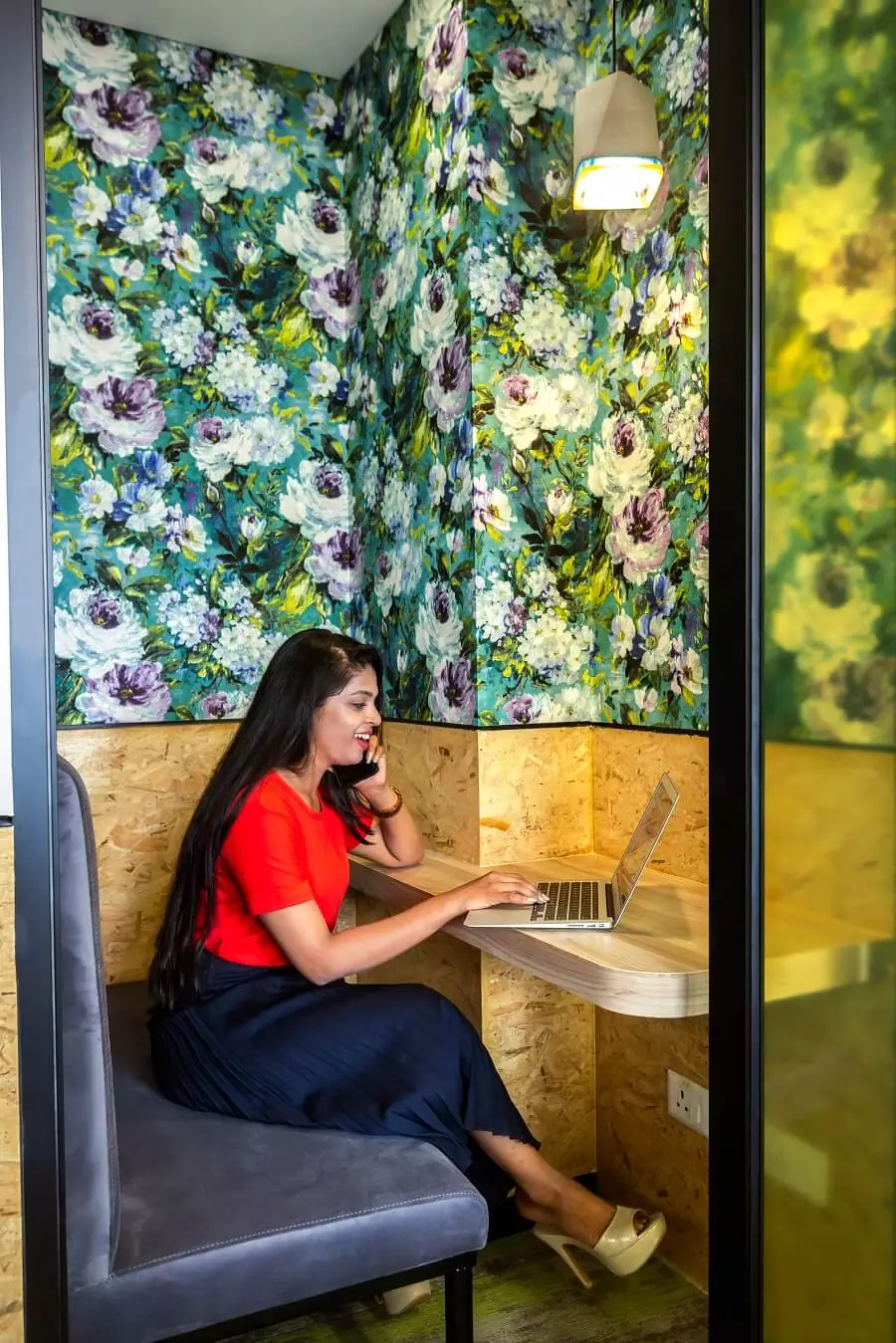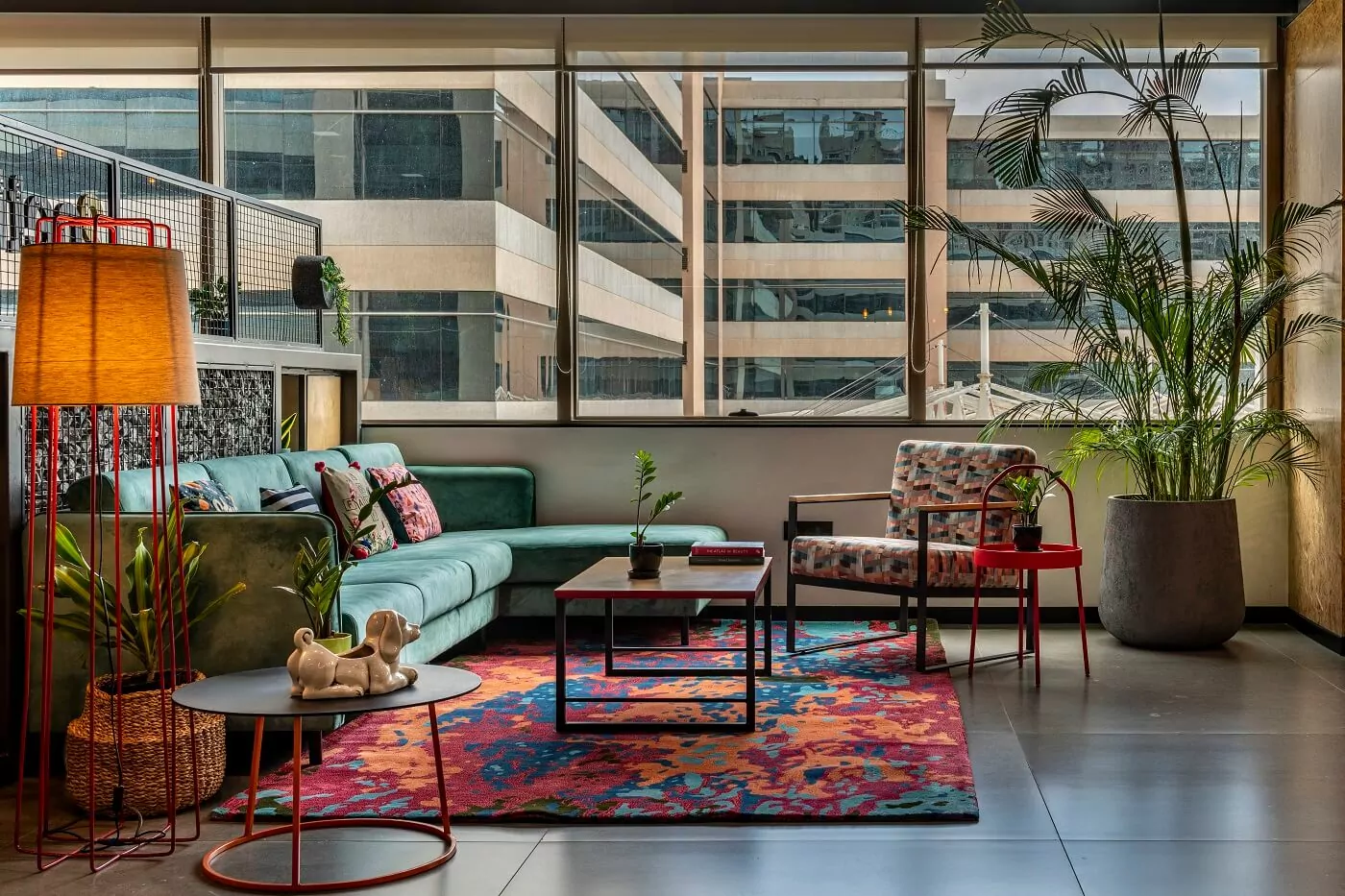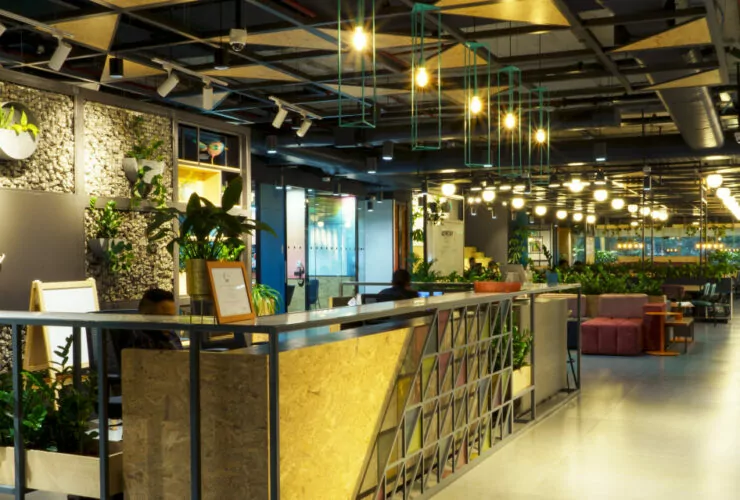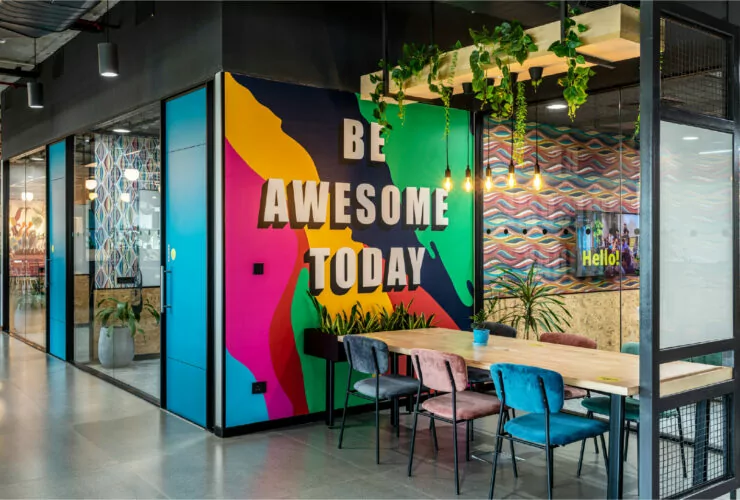Pods, Privacy Strategies, and Home Like Interiors in Workplace Design
Between the whole ‘work from home’ and ‘get back to the office’ phase, people have gone through some trivial changes in their lifestyles that are apparent in the aftermath of the WFH sessions. And designs being a direct reflection of the real society, we see architecture and interior industries are processing those changes too. These changes are particularly obvious in the workplace design industry, which has been armoring several methods to fight future crises. When we talked to some of our designers about the kind of solutions they are going to implement in the upcoming projects, they showed the sudden emergence of privacy strategies in workplace design.
Privacy Strategies
Because the pandemic is rooted in communal infections, the first thing to implement in organizations is to de-crowd the spaces. Following this, privacy strategy design is gaining importance. This strategy is an arrangement in which offices are designed to house enough room for each employee to work freely without endangering private health and safety. Design privacy strategies in workplaces mainly consist of using pods, screened desks, and touchdown spaces.

There can also be booths with semi-open or fully closed structures to let everyone sit in their acre of safe zones.
Besides these furniture additions, privacy strategies in workplace design will also impact floor plans and human collaboration. While designers are making all the ends meet to make sure the openness and collaboration vibes don’t go away while bringing in physical privacy; there will be definite changes. Technical assistance can be a solution in these times to manage employee traffic in different alleys of the workplaces. From occupancy limitations in collab areas such as open cafes and lounges to restricting unmonitored movements inside the office premises– designers are now integrating tech stacks in every place to manage the gatherings at office.
For workplaces with a floating crowd, privacy strategies will have to diverge in terms of permanent employees and visitors. The former can follow a set rule of protocols and have a dedicated section for them, while the latter can settle in the peripheral areas of the office.
Residential Feels
Since people are now transitioning from home to office again, designers are trying to bring residential vibes in workplaces. Surviving a pandemic may influence people both mentally and physically. Perhaps working people might need some time to get back to the pre-corona work-environment. That’s why certain studies show that giving employees a home-like environment can make them feel emotionally stable at work.
This indicates the trend of using residential design materials, finishes, as well as furniture to embrace home at work. Leading furniture companies and material manufacturing organizations are moving towards residential product choices that are health-centric. Well-being is now the epicenter of these vendors who are trying to create products that serve the purpose of safety and wellness at work.
There is also a rising demand for acoustic furniture to maintain home-like calmness at work. After all, working with privacy and soothing environment at home, people are still in a similar state of mind. Therefore, offices are required to become less-distracted and more peaceful. Hence, creating designs that spread warmth and positivity is a need of the hour.
Change of Work Environment
Besides the physical changes in workplace design, there are also major changes in the mindset of people regarding their work environments. With the pandemic, people have abruptly grown a sense of adaptability which will reflect in workplaces. With work being flexible and fully autonomous in people during the quarantine, designers are creating real-life inspired designs that will help in maintaining flexibility and autonomy in the offices. In terms of staging the work environment, designers are keen on bringing the outdoors as a workplace design element.
These outdoor work desks, easily available private spaces, modular design tables and seating arrangements, movable partitions etc. are becoming what computers were to the 90s. So now is the time where autonomy and flexibility of work will be in its peak. This is more evident in the clients’ requirements and designers’ ideas. While things might end up getting back to how they were before the pandemic, we can surely hope that the ‘next-normal’ comes with a more forward-thinking work-life design solution to keep us steady for whatever the future may hold.
Naturally gifted with creative abilities, an ever-evolving fashion sense, and an infectious positive attitude-- she brings her best to work every day. When not brainstorming ideas at work, she loves to wax eloquent shayeris about old ghazals, travel and romance. She is a great conversationalist who finds peace in poetry and among the mountains.



